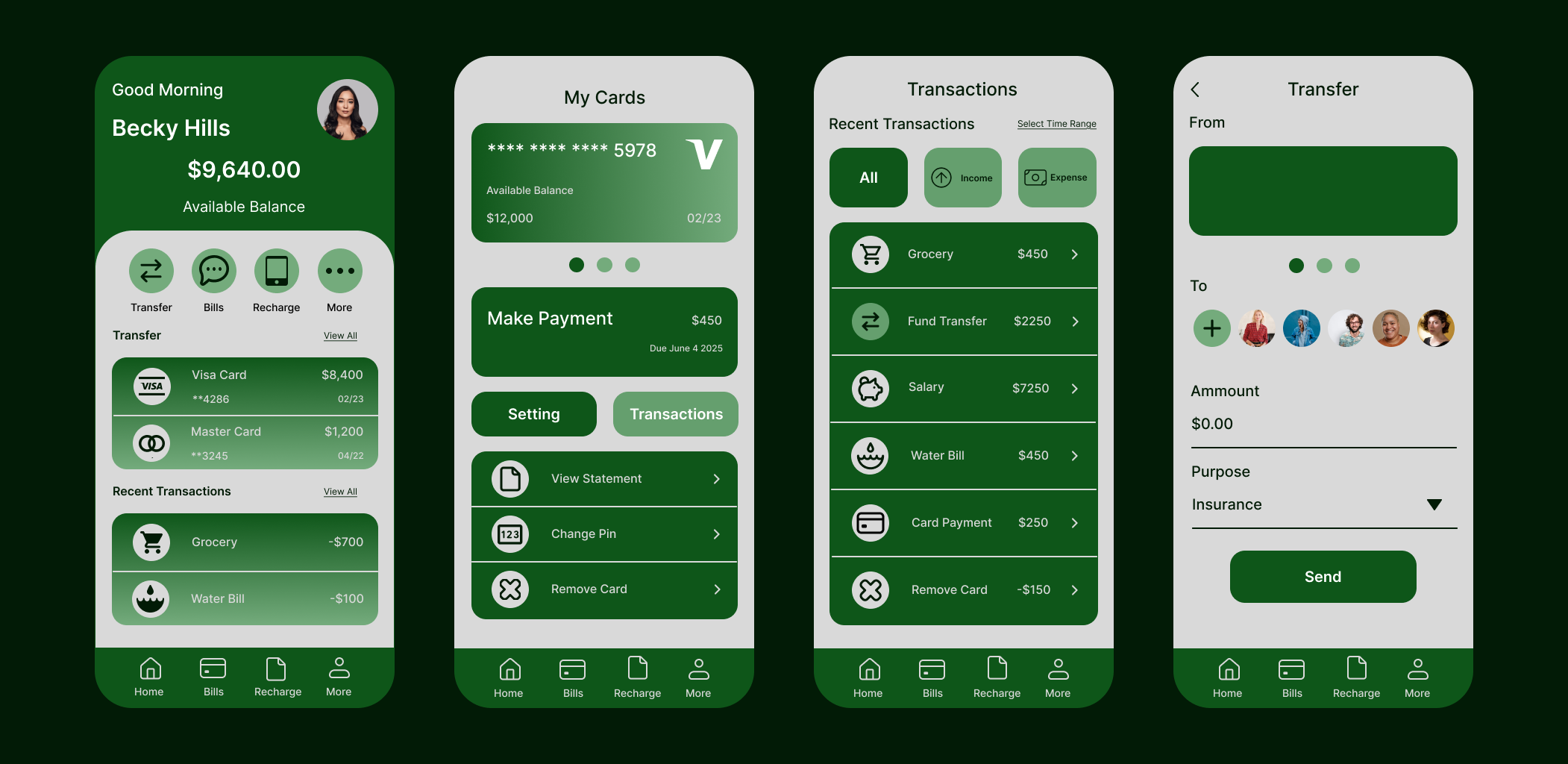Salary Management.
Case Study: SalaryApp – Simplifying Salary Management
Overview
SalaryApp is a mobile application designed to help employees and freelancers manage their salary details, track income, and plan expenses effectively. The app offers features like income tracking, tax calculations, benefits breakdown, and salary insights.
Problem Statement
Managing salary details can be complex, especially for employees with multiple income sources or freelancers with irregular payment schedules. Users often struggle with:
Tracking net vs. gross income.
Understanding tax deductions.
Planning budgets based on fluctuating incomes.
Objective
Design an app that provides a clear breakdown of salary components, tracks income, and helps users make informed financial decisions.
Target Audience
Primary Users: Full-time employees, freelancers, and gig workers.
Secondary Users: Employers who want to provide employees with detailed salary insights.
User Research
Methods
Surveys: Conducted among 500 users in various industries.
Interviews: 10 in-depth interviews with freelancers and salaried employees.
Competitive Analysis: Analyzed similar apps like Gusto, QuickBooks, and Mint.
Key Findings
Users prefer simplicity over feature overload.
Real-time updates on salary components improve financial planning.
Notifications on tax deadlines and benefits enhance user experience.
Security is a primary concern due to sensitive salary data.
Features
Core Features
Salary Breakdown: Visual charts for gross vs. net income, tax deductions, and benefits.
Income Tracking: Logs all income sources, including freelance payments.
Budget Planner: Suggests savings and spending plans based on salary trends.
Tax Assistant: Prepares tax summaries and reminders for deadlines.
Additional Features
Integration with payroll services.
Multi-currency support for global freelancers.
Customizable reports for personal finance management.
Design Process
1. Ideation
Conducted brainstorming sessions to map out user flows.
Created wireframes to outline core user journeys.
2. Prototyping
Designed high-fidelity prototypes using Figma.
Incorporated accessibility standards (WCAG) for inclusivity.
3. Usability Testing
Tested with 20 participants.
Iterated designs based on feedback (e.g., simplifying onboarding steps).
UI/UX Highlights
Dashboard: Clean layout displaying key metrics like current income, deductions, and savings goals.
Interactive Visuals: Pie charts and graphs to depict salary components.
Dark Mode: For comfortable viewing during late-night sessions.
Quick Actions: Buttons for adding new income or expenses with one tap.
Technical Stack
Frontend: React Native for cross-platform development.
Backend: Node.js and Firebase for real-time updates.
Database: PostgreSQL for secure data storage.
APIs: Integration with Stripe and PayPal for payment tracking.
Challenges and Solutions
Challenge: Ensuring data security.
Solution: Implemented end-to-end encryption and two-factor authentication.
Challenge: Complex salary structures for freelancers.
Solution: Allowed custom categories and manual adjustments.
Outcome
Increased user engagement with 75% of users actively tracking income monthly.
Positive user feedback on simplicity and utility.
Partnered with payroll companies for extended reach.
Future Plans
Adding AI-based salary prediction.
Expanding to web platforms.
Introducing gamification to encourage financial literacy.
